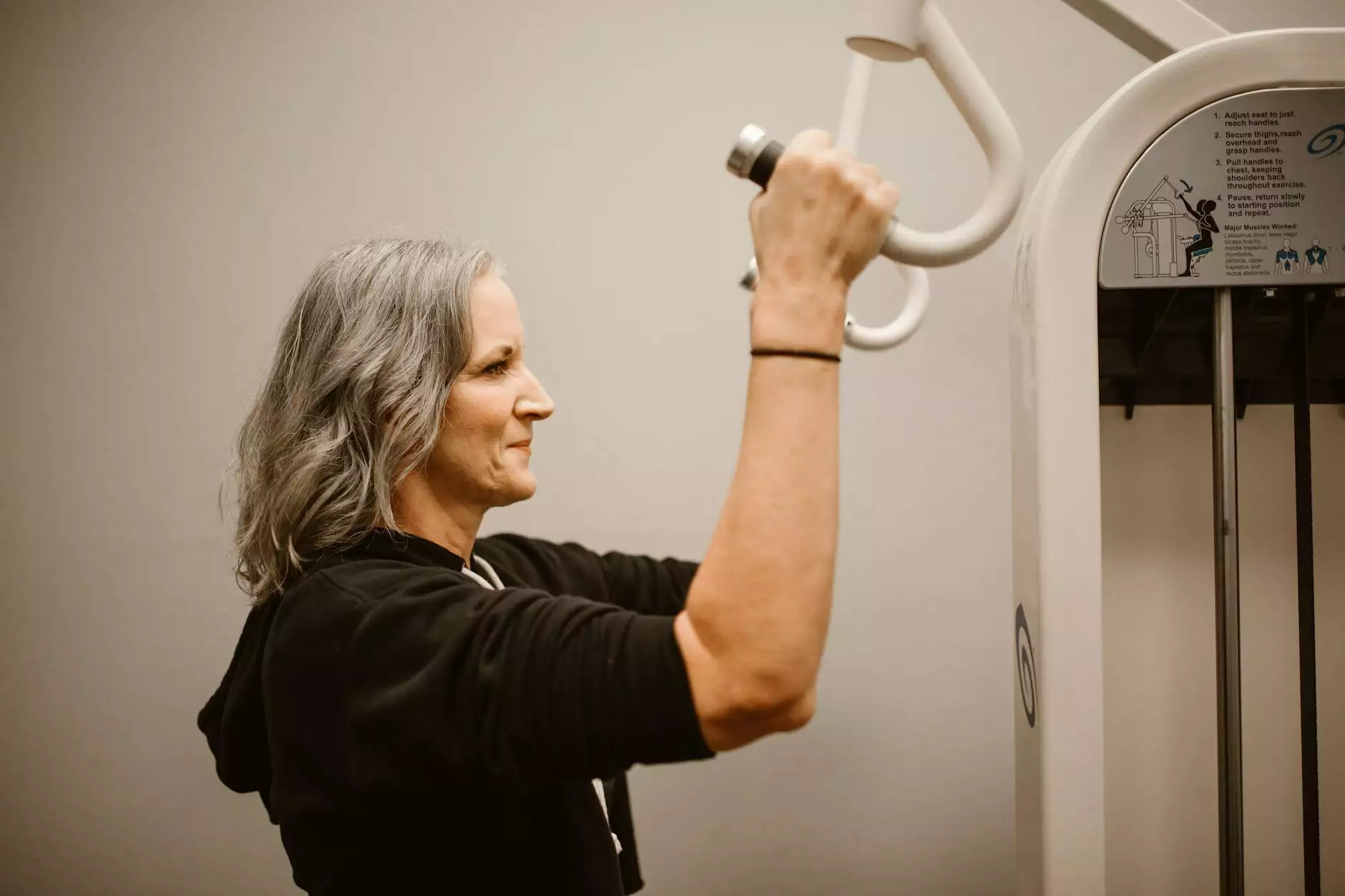What Does a Blood Clot in the Leg Feel Like?

Blood clots can form in various parts of the body, but when they occur in the leg, they can lead to serious health complications. Understanding what a blood clot in the leg feels like is crucial for early detection and prompt treatment. This article will provide comprehensive insights into the symptoms, causes, risks, and treatment options associated with blood clots in the leg.
What is a Blood Clot?
A blood clot, or thrombus, occurs when blood cells and proteins stick together in the blood to form a solid mass. This process is a natural part of the body’s healing mechanisms; however, when a clot forms at an inappropriate site, it can cause severe issues.
Types of Blood Clots
There are two primary types of blood clots that can affect the legs:
- Deep Vein Thrombosis (DVT): This type of clot forms in the deep veins of the leg and is often asymptomatic, meaning there may be no obvious signs.
- Superficial Thrombophlebitis: This occurs in veins close to the surface of the skin and may present more noticeable symptoms.
Recognizing the Symptoms
Understanding what does a blood clot in the leg feel like can help individuals seek timely medical intervention. Here are some of the most common symptoms associated with DVT:
- Swelling: One of the primary indicators is swelling in one leg, as opposed to both. This could be accompanied by a feeling of heaviness.
- Pain or tenderness: You may experience pain that often begins in the calf and can feel like cramping or soreness.
- Skin discoloration: The affected leg might appear reddish or have a bluish tint.
- Warmth: The skin over the clot area may feel warm to the touch compared to the surrounding skin.
When to Seek Medical Attention
If you recognize any of the symptoms mentioned above, it is essential to seek medical attention immediately. DVT can lead to serious conditions such as a pulmonary embolism (PE), which can be life-threatening.
Risk Factors for Developing Blood Clots
Several risk factors contribute to the likelihood of developing blood clots in the leg:
- Immobility: Prolonged periods of inactivity, such as sitting for long hours during travel.
- Obesity: Excess body weight increases pressure in the veins of the legs.
- Age: Individuals over the age of 60 are at higher risk.
- Medications: Certain medications, including hormonal therapies, can increase the risk.
- Genetics: A family history of clotting disorders increases susceptibility.
Causes of Blood Clots in the Leg
Blood clots form due to a combination of factors, including blood flow slowed by immobility, damage to the blood vessel wall, or an increased tendency of the blood to clot. Here are some common causes:
- Injury: Injury to a vein can lead to clot formation.
- Surgery: Some surgical procedures, especially those involving the legs, can increase risk.
- Medical conditions: Conditions such as cancer, heart disease, and certain chronic inflammatory diseases can elevate risk levels.
Diagnosis of Blood Clots
If you suspect you may have a blood clot in your leg, your doctor may perform several diagnostic procedures, including:
- Ultrasound: This is the most common test used to diagnose DVT; it uses sound waves to visualize blood flow.
- D-dimer test: This blood test measures the presence of a substance in the blood that is released when a blood clot breaks up.
- Venography: In this procedure, a contrast dye is injected into the veins to enhance imaging.
Treatment Options
Once diagnosed, treatment options for a blood clot in the leg may include:
- Anticoagulants: Commonly known as blood thinners, these medications help prevent further clotting.
- Thrombolytics: In some cases, these medications can dissolve clots quickly.
- Compression stockings: These help reduce swelling and prevent another clot from forming.
- Surgery: In severe cases, such as with extensive clots, surgical procedures may be necessary to remove the clot.
Preventative Measures
Preventing blood clots before they develop, particularly during high-risk times, is crucial. Here are some effective strategies:
- Stay active: Regular movement and exercise improve circulation.
- Avoid long periods of immobility: If traveling long distances, take breaks to walk around.
- Hydration: Staying well-hydrated helps maintain healthy blood flow.
- Weight management: Maintaining a healthy weight reduces pressure on the veins.
- Wearing compression stockings: These can provide support and promote circulation.
Conclusion
Understanding what a blood clot in the leg feels like is essential for anyone at risk. Recognizing the symptoms and knowing the risk factors can empower you to act quickly if you or a loved one may be affected. If you suspect you have a blood clot, don’t hesitate to seek emergency medical care. Remember, early detection and treatment can make all the difference in outcomes.
Learn More at Truffles Vein Specialists
For more information on vascular health and management of blood clots, visit trufflesveinspecialists.com. Our team of experts is dedicated to providing comprehensive care and support to help manage your vascular needs. Don’t hesitate to reach out and prioritize your health today!



